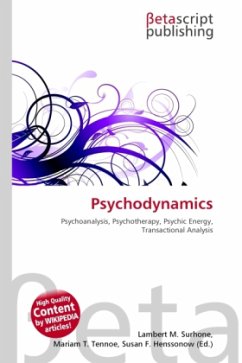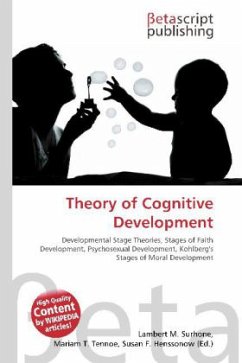Please note that the content of this book primarily consists of articles available from Wikipedia or other free sources online. The Little Albert experiment was an experiment showing empirical evidence of classical conditioning in humans. This study was also an example of stimulus generalization. It was conducted in 1920 by John B. Watson along with his assistant Rosalie Rayner. The study was done at Johns Hopkins University. John B. Watson, after observing children in the field, was interested in finding support for his notion that the reaction of children, whenever they heard loud noises, was prompted by fear. Furthermore, he reasoned that this fear was innate or due to an unconditioned response. He felt that following the principles of classical conditioning, he could condition a child to fear another distinctive stimulus which normally would not be feared by a child.
Bitte wählen Sie Ihr Anliegen aus.
Rechnungen
Retourenschein anfordern
Bestellstatus
Storno








